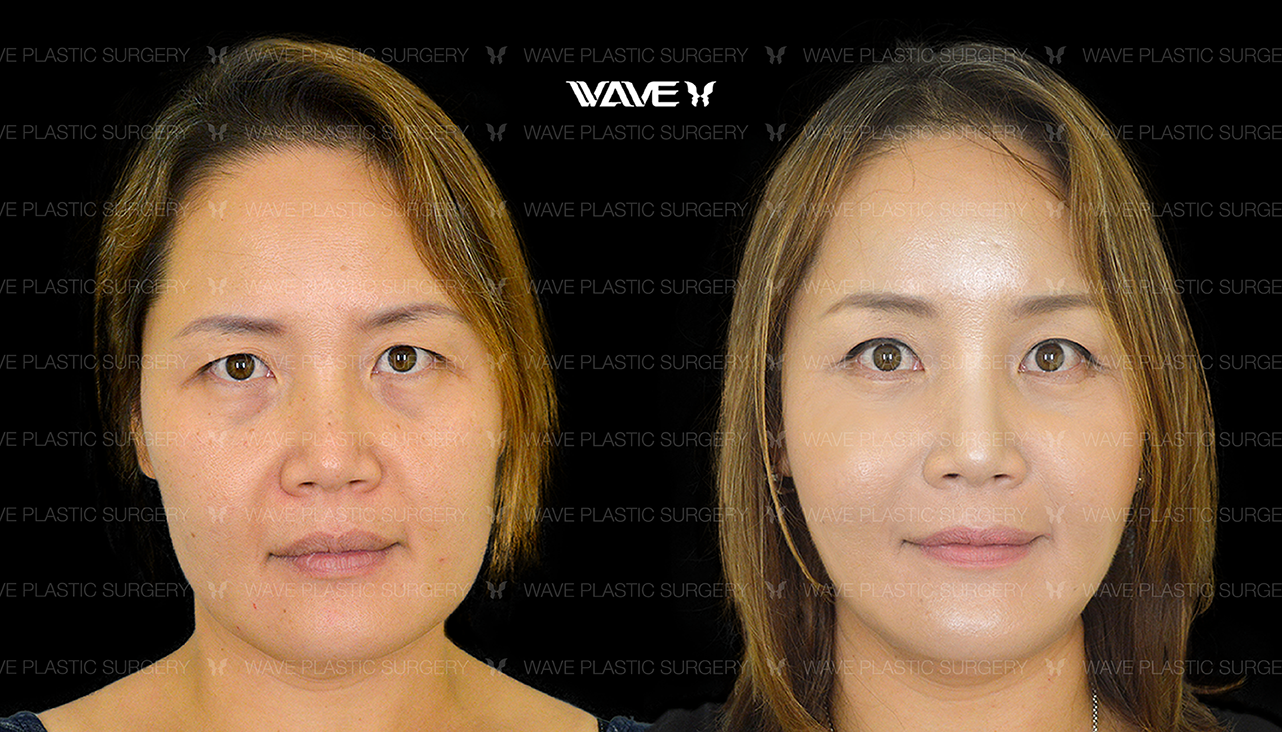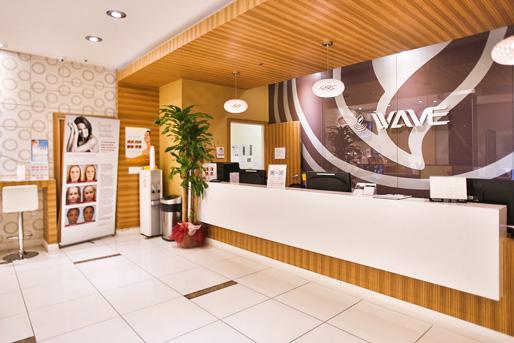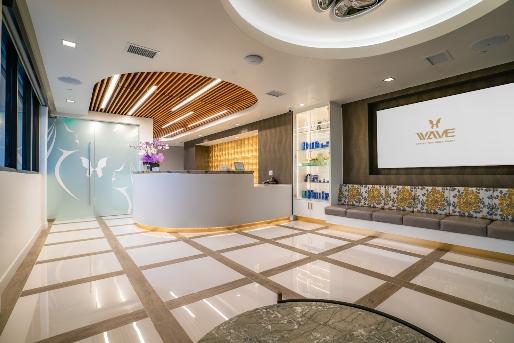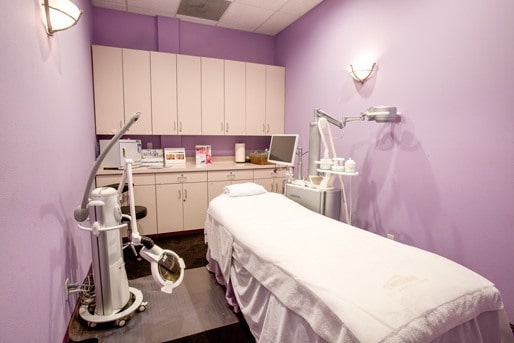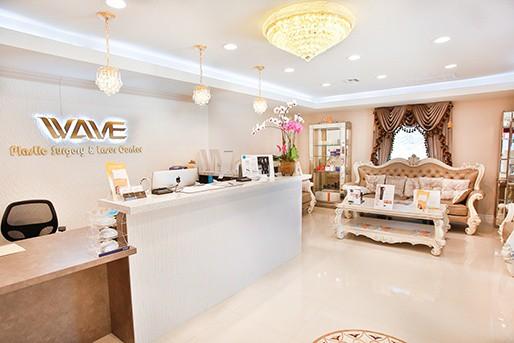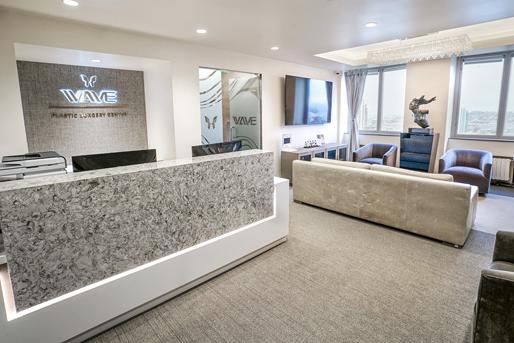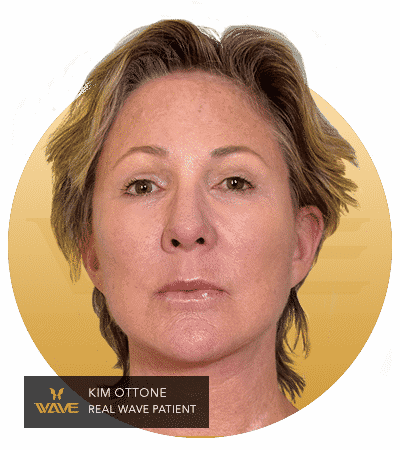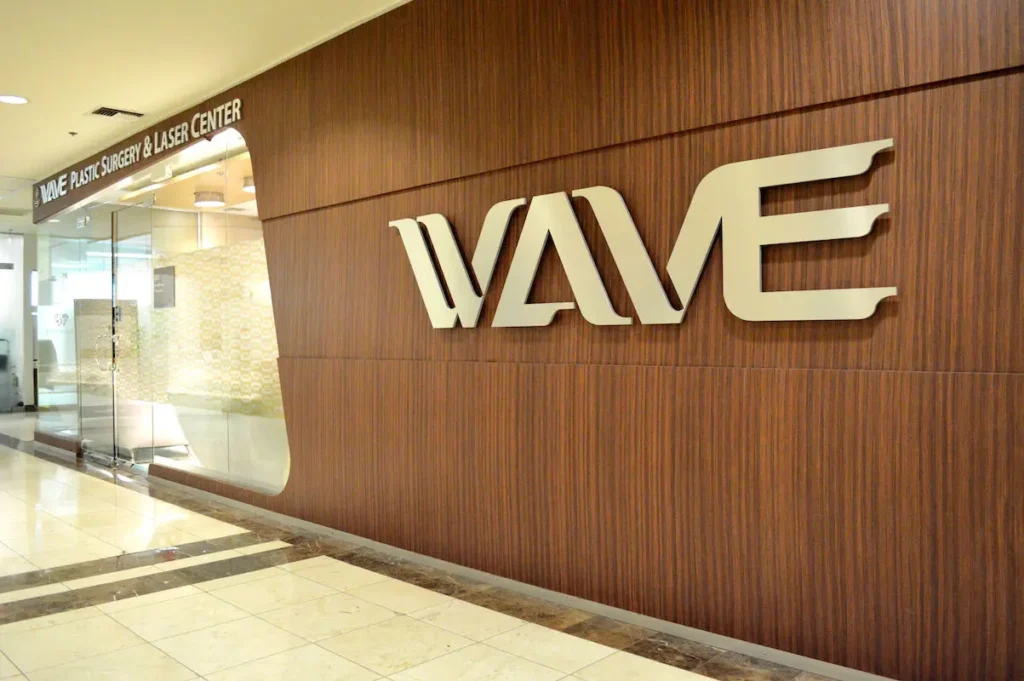Are you contemplating a facelift but worried about the cost? You’re not alone; many people share this concern. However, it’s crucial to shift the focus from just the price to the value of the investment. A facelift isn’t just a financial commitment; it’s an investment in your self-confidence and satisfaction with your appearance.
This guide will illuminate the true facets of a facelift, emphasizing that it’s about more than the cost. The priceless value lies in the enhanced self-esteem and the joy of looking and feeling your best. We’ll provide a comprehensive understanding of facelift costs and the factors that influence them, highlighting why quality should always come first in the pursuit of self-care. Settling for a cheaper option might lead to unsatisfactory results and further corrections, whereas choosing a top-tier provider like Wave Plastic Surgery ensures long-lasting, high-quality outcomes. Plus, we offer flexible financing options to make your transformation more accessible.
Have Questions?
How Much Does a Facelift Cost?
While the cost of a facelift can vary based on several factors, you can generally expect to pay between $7,000 and $15,000. This range reflects the average cost and serves as a starting point for considering your investment. It’s important to remember that a higher cost often translates to better results and long-lasting satisfaction, making it worth considering a higher price point for the best outcome. For those seeking a highly skilled surgeon specializing in anti-aging procedures, facelifts, and necklifts, the cost can range from $25,000 to $40,000.
We understand that these figures may seem daunting, especially if you feel you might not be financially fit to afford the cost. At Wave Plastic Surgery, we’re committed to making your transformation accessible. We offer flexible financing options, including 0% APR payment plans, to help you achieve the look you desire without compromising on quality. Investing in yourself is invaluable, and we’re here to support you every step of the way.
Does Insurance Cover the Facelift Cost?
Facelifts, due to their nature as cosmetic procedures, are often not covered by traditional insurance. That leaves patients with the responsibility of covering the full facelift pricing themselves. Moreover, the Internal Revenue Service (IRS) stipulates that funds from Health Savings Accounts (HSAs) or Flexible Spending Accounts (FSAs) cannot be used for such cosmetic surgeries.
Yet, even though these policies are in place, you don’t need to collect thousands of dollars upfront to afford your surgery. There are financing strategies available to help manage the prices for facelift procedures. One widely used option is personal loans.
Many lenders offer these loans for any purpose, including meeting the costs of cosmetic procedures like facelifts. With a solid credit score, you could potentially secure a loan with a competitive interest rate. Some plastic surgery clinics, including Wave, also offer in-house financing.
Moreover, there are other procedure-specific options available. For example, those interested in a less invasive procedure with a lower cost might consider a mini facelift.
An endoscopic facelift might be a better fit for those looking for a technologically advanced procedure with minimal scarring.
Considering these financing options, comparing interest rates, loan terms, and potential fees across different lenders is crucial. That will help you protect your financial interests while securing the best possible deal for your facelift procedure.
It’s always worth checking with your insurance company, as they may cover a portion of the cost if the surgery is deemed medically necessary, but this is unusual for facelifts. Always consult with your insurance provider and surgeon to understand what costs you may be responsible for regarding the average facelift cost.
Understanding the Factors Affecting Facelift Costs
Several elements influence the average cost of a facelift, making it essential to understand the following factors when considering this procedure:
Geographic Location
The area where you choose to have your surgery significantly influences the average cost for a facelift. Generally, metropolitan areas and larger cities tend to have higher costs due to increased demand and overhead expenses. However, selecting a location simply because of lower prices may compromise the quality of the procedure and results. It’s essential to find a reputable clinic and experienced surgeon, even if it’s in a more expensive location. It may contribute to a higher price than an average cost of a facelift, but you want to ensure the best outcome.
Type of Facelift Procedure
There are several types of facelift procedures, including the mini facelift and the endoscopic facelift, each having different price points. While a mini facelift may cost less due to its less invasive nature, an endoscopic facelift, which uses advanced technology, may cost more. Choosing a procedure should not be based solely on cost but on your specific needs, desired outcomes, and the surgeon’s recommendation. Investing in the best-suited approach can provide greater satisfaction and long-lasting results, impacting the average facelift cost.

Facelifts: Can cost between $25,000–$40,000, depending on the surgeon’s skill and the procedure’s complexity. Facelifts are often not covered by insurance.

Mini facelifts: Can cost between $5,000–$9,000, but the actual cost may vary depending on the patient’s needs. Additional procedures, like liposuction or skin resurfacing, may also increase the cost.
Surgeon’s Experience and Expertise
The experience and expertise of the surgeon significantly influence the average cost of a facelift. More seasoned surgeons often charge higher prices due to their demonstrated track record of successful results. Choosing an experienced, well-qualified surgeon may come at a higher cost, but the assurance of a safe procedure and a skilled hand makes it worthwhile.
Operating Room Fees
Operating room costs, such as facility fees and staff costs, also play a role in determining the facelift average cost. These expenses ensure a sterile and well-equipped operating environment, which is paramount to a successful procedure. While opting for a cheaper facility might be tempting, having a reputable surgical facility can provide peace of mind and potentially reduce complications.
Anesthesia Fees
Anesthesia fees are another integral part of facelift costs. These fees cover the services of an anesthesiologist or nurse anesthetist who ensures your comfort and safety during the procedure. High-quality anesthesia services are crucial for a smooth operation and recovery, making it essential for your procedure.
Medical Tests
Before a facelift, you may require specific medical tests or blood work to ensure you’re fit for the procedure. These costs are essential for assessing your health status and reducing surgical risks. While they add to the price, these preliminary checks are critical for your safety.
Post-Surgery Garments
Post-surgery garments like compression facial wraps are often recommended to manage discomfort and promote healing. The cost of these aids should be factored into the overall facelift expense. These aids can contribute to a smoother recovery and better healing, achieving optimal results.
Medication
The cost of the medication will also affect the price of a facelift, like painkillers, antibiotics, anti-nausea drugs, or steroids to manage swelling. While they add to the cost, these recommended medications are essential for your health and comfort during recovery.
Post-Surgical Corrections
In some cases, further procedures might be needed due to complications during surgery or dissatisfaction with the initial results, adding to the initial cost. Choosing a highly skilled and experienced surgeon can minimize the risk of requiring such additional interventions. Although this could increase a facelift’s initial cost, it could save you money and emotional distress in the long run.
Additional Costs
Apart from the costs mentioned above, there may also be other expenses that can affect how much is a facelift. It’s essential to consider these potential costs to avoid financial surprises. By considering all possible expenses, you can make a well-informed decision about the actual average cost for a facelift. That will help you decide whether the investment is worth it to enhance your self-confidence and improve your appearance.
Get Your Consultation Today
Give us a call today to schedule your consultation with one of our plastic surgeons at Wave Plastic Surgery.
Client Testimonials
I did a lot of research on where to get my double eyelid surgery and decided to go with Dr. Lee after meeting with multiple doctors for consultations. I am so glad I went with Wave because the entire experience was even better than I could have imagined. There was minimal to zero pain throughout the entire process (I was really worried about the sutures removal but Brenda was so gentle and slow that I started getting sleepy in the middle) and everyone at the office was extremely attentive and kind. Dr. Lee was a good listener through all 3 consultations I had with him (virtual, in-person pre-op, and right before the surgery) and took the time to understand what I wanted. I also asked about fat grafting because I was concerned about volume loss in my face but he suggested Sculptra after considering that I'm underweight and the likelihood of not having good quality fat for the transfer. I had never heard of Sculptra before but after doing more research on it, I'm looking forward to the results. Isabel was the consultant who has been helping me since the start of this process and she always replied to all my texts quickly, giving me answers to so many questions I'd ask. The day after my surgery, some of the sutures were poking my eyelid and she had me come in right away. Brenda helped me trim the sutures then as well and gave me an additional injection to help with the swelling. She didn't make me feel like a bother for coming in and reassured me a lot. My eyelids are still healing from the surgery but I am extremely satisfied and pleased with my experience at Wave thus far. I plan to start coming to Wave for all my non-surgical procedures from now on as well. Thank you, Dr. Lee, Brenda, and Isabel! Big thank you to Jennifer who helped me the day of my surgery. I was really nervous but she was really sweet pre and post-op. She checked in on me a lot after the surgery and kept updating my mom who was waiting outside throughout the procedure.
My friend introduced me to Wave for double eyelid surgery. She had done it a few years ago and it looked so natural and nice. So I made an appointment and had a consultation yesterday. The place was easy to find and they validated the parking ticket. First, I was a little confused because they were using two different suites on the 2nd floor. Later, I found out that one was for surgery and the other one was for consultation. The staff was friendly, office was nice and huge. they had pretty Christmas decorations too. 🙂 I was seen by the "consultant" first. She showed me several before and after pictures and explained about the surgery, and etc. But I wanted to meet the doctor as well since she is not the one who will perform the surgery. Therefore, this consultant took me to the other suite where they have surgery rooms and exam rooms. It was a little bit of a hassle going back and forth between two different suites. I had to wait about 15mins then Dr. came in for a consultation. He didn't spend that much time with me but he knew what I wanted and He had confidence about what he was doing. Basically, he said the same things about the surgery as the consultant already explained to me earlier. The quote they gave me was a little higher than other plastic surgeries I've been to, but I understand that Dr. is board-certified and they had two surgery rooms that were certified as well. I'm still thinking about whether I should have surgery or not, but overall I like this place and would recommend it to my friends.
Facelift Surgery FAQs
During a facelift procedure, a surgeon will make incisions around your hairline, extending down around the contours of your ear and potentially into the lower scalp. They will then reposition the underlying tissues and remove excess skin to achieve a more youthful appearance. The exact process can vary depending on the facelift type and the individual’s facial structure.
The longevity of a facelift can vary greatly depending on the individual, but generally, the effects of a full facelift can last up to 10 to 15 years. Factors such as the patient’s lifestyle, skin type, and age at the time of surgery can all influence the durability of the results.
Post-surgical care after a facelift typically involves keeping the incisions clean and using prescribed medication to manage discomfort. It is recommended to rest and limit activity for a while. Your surgeon may also recommend wearing a compression garment. Regular follow-up appointments with your surgeon are crucial to monitor your healing and progress.
What Are the Differences Between Mini Facelifts, Endoscopic Facelifts, Extended SMAS Facelifts, and Traditional Facelifts?
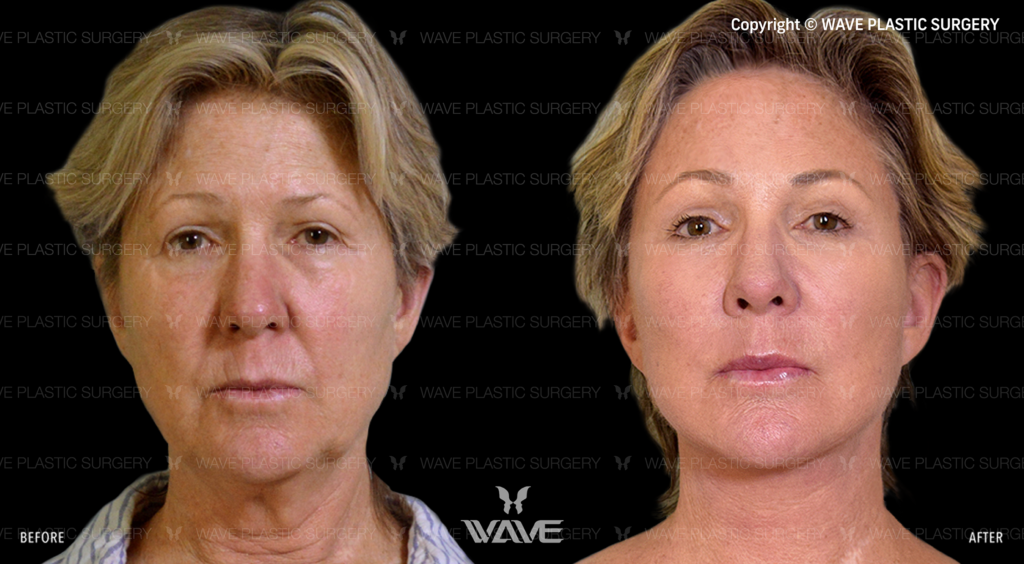
A mini facelift, an endoscopic facelift, and a traditional facelift are all procedures aimed at reducing signs of aging. Still, they vary in their methods and the extent of change they provide.
- A mini facelift targets the lower part of the face, particularly the jawline and neck. It involves smaller incisions and is less invasive than a full facelift, making it suitable for those with less noticeable signs of aging.
- An endoscopic facelift uses small incisions and an endoscope (a small camera device) to perform the surgery. This approach often leads to more minor scars, less swelling, and a quicker recovery. It’s typically used for upper and middle facelifts to address issues like sagging brows or cheeks. Wave Plastic Surgery is the sole provider of the famous Wave Lift™, a minimally-invasive procedure that doesn’t require sutures and only has a recovery period of one week. The procedure is typically performed within an hour under local anesthesia and provides results for up to five years!
- A traditional facelift involves more extensive work and provides the most comprehensive results. It can address deep wrinkles, significant sagging skin, and other advanced signs of aging in the lower two-thirds of the face and the neck.
- An extended SMAS facelift is a surgical procedure that involves lifting and tightening the deeper tissues of the face, specifically the Superficial Musculoaponeurotic System (SMAS), to achieve more comprehensive and longer-lasting results compared to traditional facelifts. It addresses sagging skin and muscle laxity, providing a more youthful and rejuvenated appearance.
How do I Choose the Right Surgeon for my Facelift Procedure?
Choosing the right surgeon for your facelift is an integral part of the process, and it’s why many individuals opt for Wave Plastic Surgery. When making this crucial decision, consider the surgeon’s credentials, years of experience, specializations, and track record of successful outcomes.
It’s also beneficial to look at before and after photos of their previous patients and read patient reviews. Wave Plastic Surgery’s surgeons are all board-certified and uphold the highest standards of patient care. They prioritize your comfort and confidence in their care, offering a wide range of facial rejuvenation procedures tailored to each patient’s unique needs.
Investing in Your Confidence with Wave Plastic Surgery
Surmising how much does a facelift cost is more than just calculating a dollar amount—it needs to account for the improvement in your self-confidence, appearance, and overall satisfaction. At Wave Plastic Surgery, we understand the importance of quality when making a significant personal decision. We are committed to offering top-tier surgical expertise and state-of-the-art technology to ensure the best results for our patients.
The price tag might be higher, but the payoff of a lasting, natural-looking facelift performed by highly skilled professionals is priceless. Contact us at Wave Plastic Surgery if you’re considering a facelift surgery and want to invest in the best. We’re here to guide you every step of the way toward a rejuvenated you.





